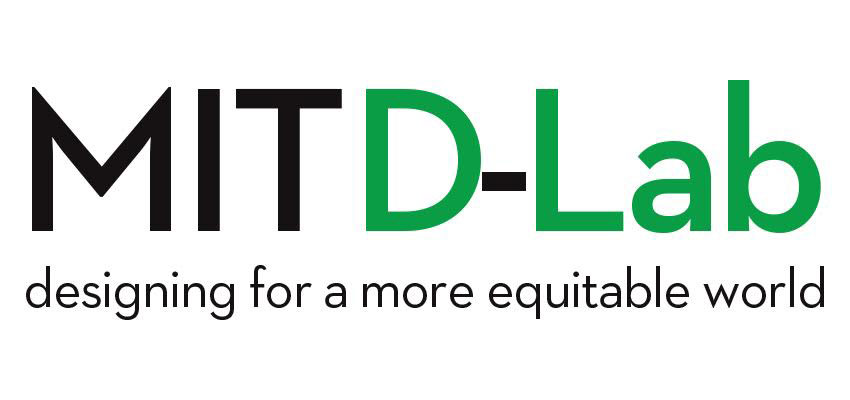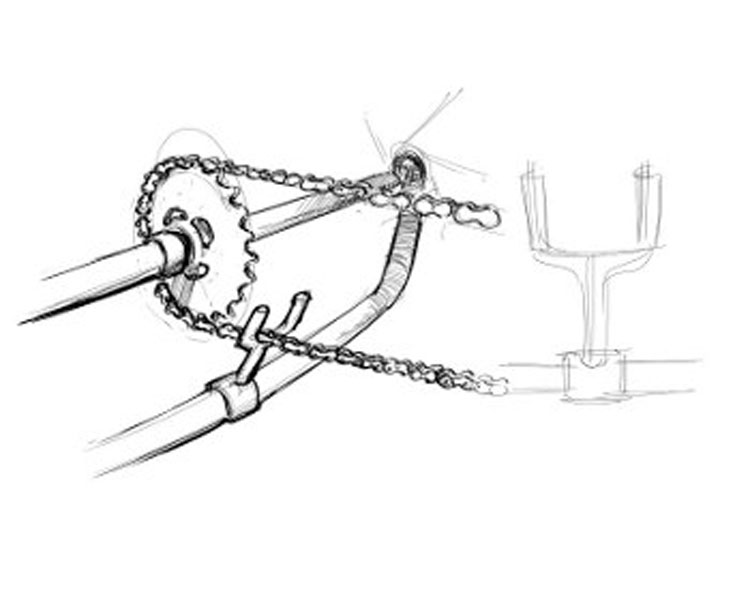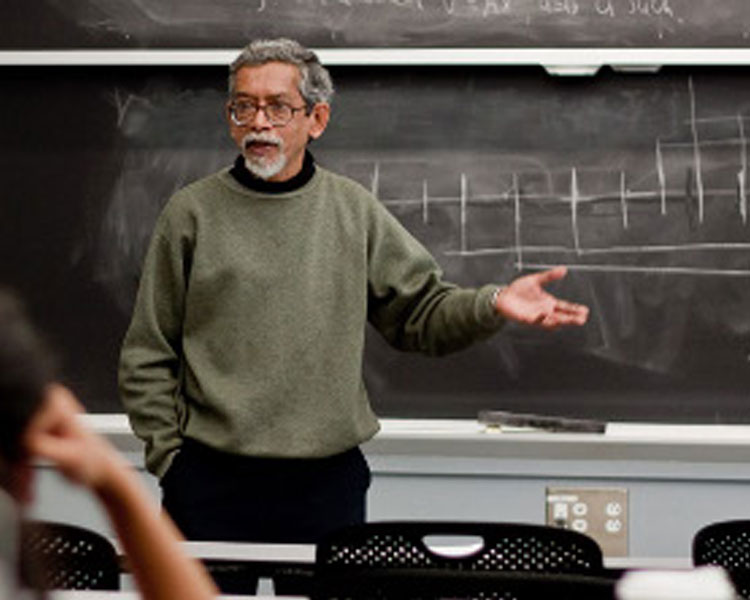
Suprio Das, independent inventor from Kolkata, India, was our guest lecturer for the D-Lab: Design class yesterday. D-Lab is hosting Suprio for over a month as Designer-In-Residence in the lab for a myriad of reasons: he is taking advantage of MIT resources to refine his design of a chlorine doser that flushes automatically with no moving parts for rural India, he is advising D-Lab teams on their design projects, he took part in the Innovators Night panel hold last week, and he lectured today sharing his knowledge and expertise with our students.
Suprio kicked off his lecture presenting what drives his motivation to do technology invention in very constrained environments: the starking contrast between the most wealthy leaders of his home state and the dire conditions in which most of his fellow countrymen live. He continued on to describe sources of inspiration found in how everyday problems are tackled creatively: from additions to rickshaws to prevent the chain from coming off, to improved ways on how to dry dung paddies more effectively, to ingenious hacks that people use to take electricity from the grid.


Suprio delved into the details and technicalities of the projects in which he has been involved since he left his regular job, and the insights gained over the years. He was initially involved in sourcing underground water, and reflected on the implications of having arsenic in the water, and where all the arsenic goes once it is filtered out from the water. Suprio later worked on generating electricity using human power by integrating it into the routine work of people, instead of making it a separate activity; observing higher rates of technology adoption by so doing. Another of the topics that Suprio touched on his lecture included mechanisms for transfering reciprocating motion (such as that of a water pump) into unidirectional circular motion (such as that of a bycicle) and viceversa; and the different iterations of his latest project: the chlorine doser.
For the last 20 minutes, we had a question and answer session with the students, who inquired from how did he see himself playing a role in the larger picture of poverty alleviation to getting his advice on how to become an inventor or tackle difficult problems. To the latter, he commented on breaking the problem into smaller and more feasible subcomponents and addressing them as individual problems. One doesn't need to be an expert in all domains, but rather identify who else around you has the expertise to solve these individual problems. To the question on how to become an inventor, he recommended to look out for what sucks, and start working to fix it and improve it. Keep in mind at all times that one may not succeed at first, but it is important to persevere. Suprio added that the most satisfying part of his current activities is to enjoy both the joy of creation and the joy of giving away his inventions to the people that need them the most.

Photo: Nathan Cooke. Source: D-Lab Archives

Photo: Nathan Cooke. Source: D-Lab Archives

